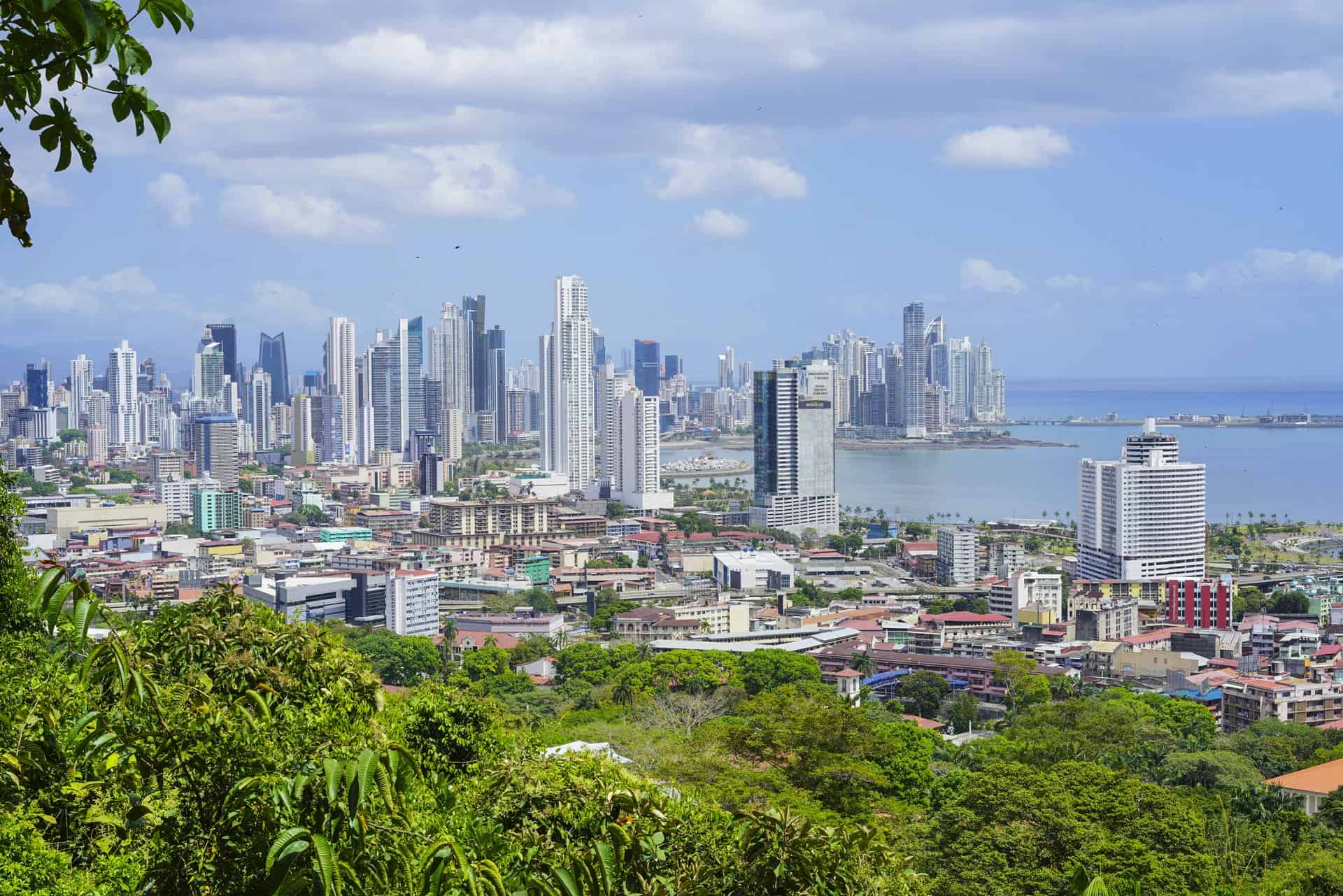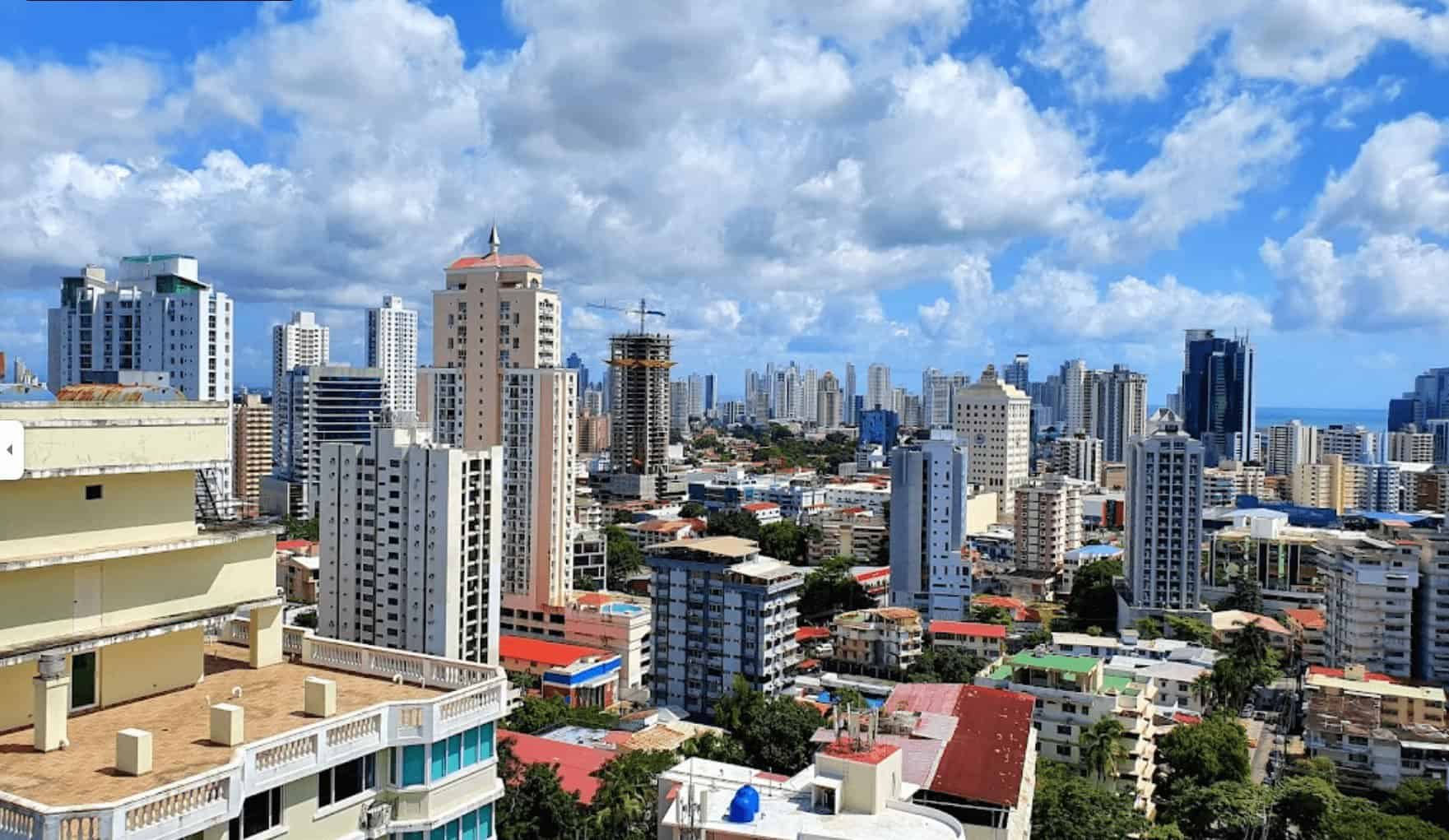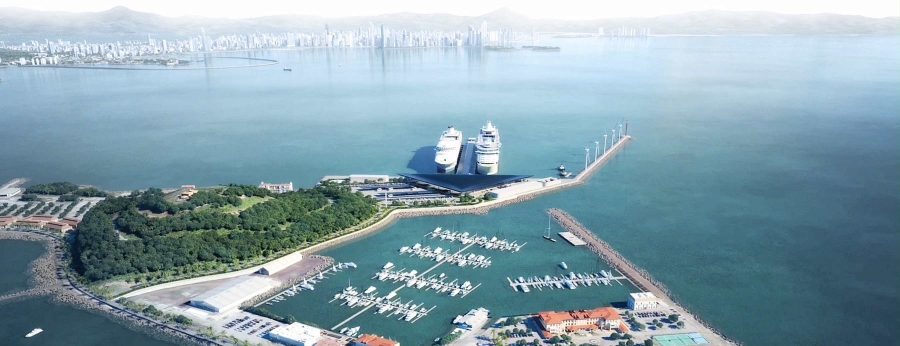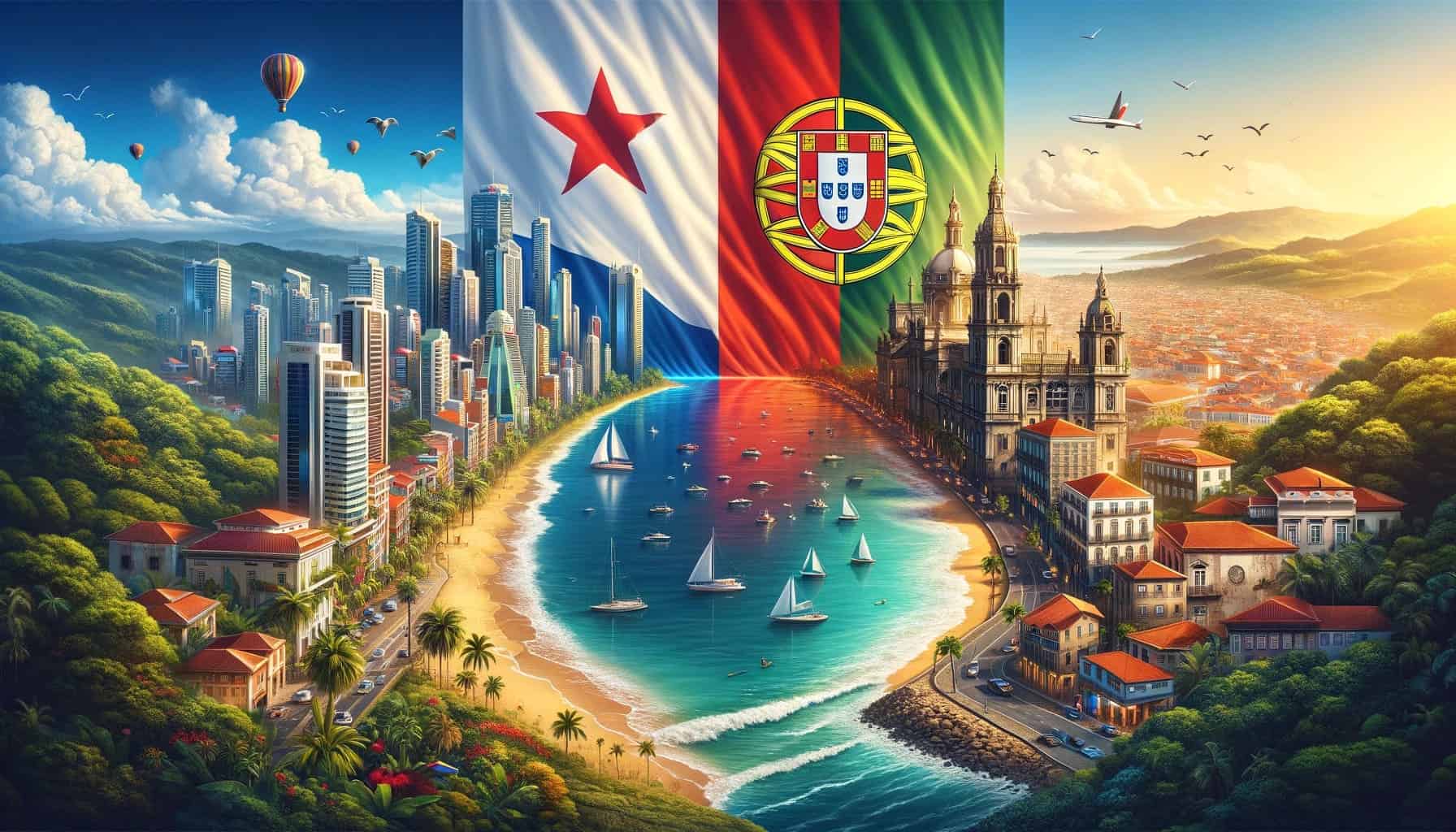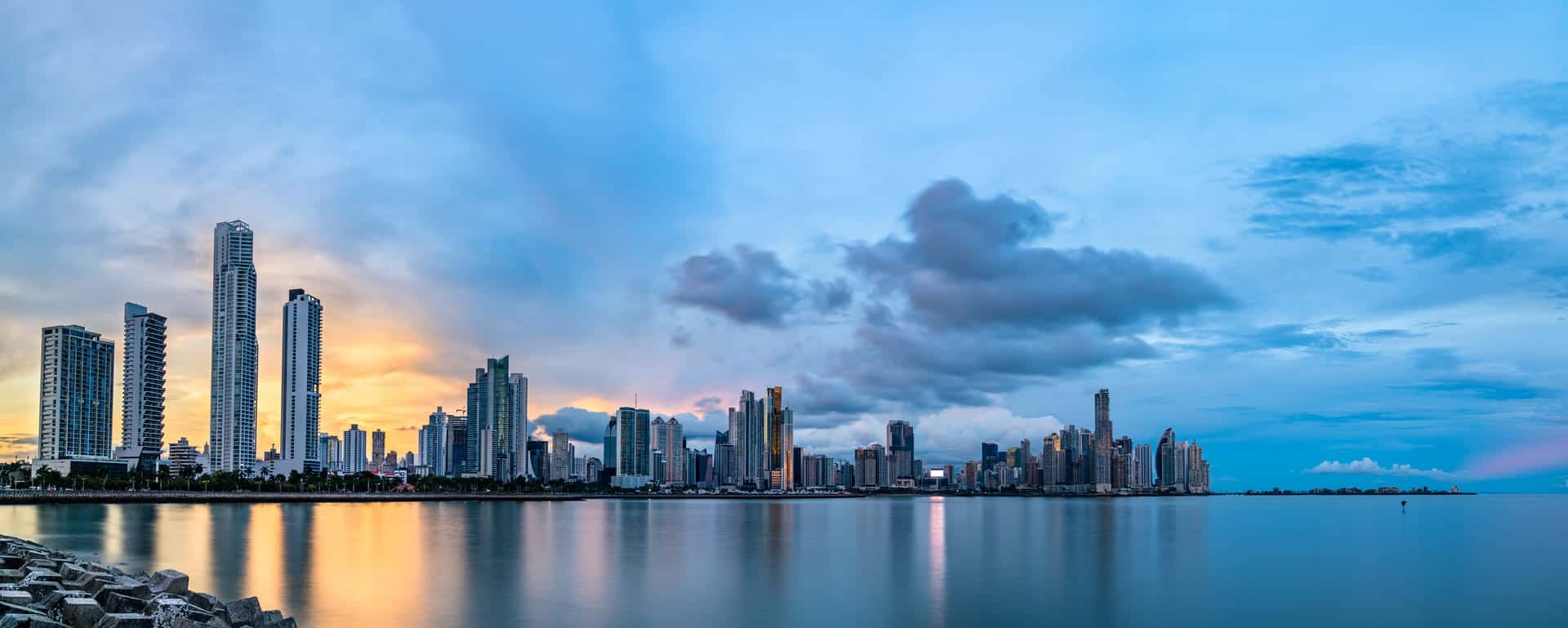Dreaming of a life in Central America, but torn between Panama and Costa Rica? The decision is not as simple as just picking a destination on the map, it’s about choosing the lifestyle that aligns with your aspirations. Whether you’re eyeing retirement, a change in scenery, or an investment opportunity, the battle between these two expat-friendly nations demands careful consideration. As you embark on this decision-making journey, you’re likely grappling with questions. Which country offers a more affordable cost of living? Where can I access top-notch healthcare? Is safety a concern? In this article, we will dive into the nuances of Panama and Costa Rica, dissecting their living costs, healthcare systems, real estate markets, safety measures, and retirement options. Join us on this exploration, where we unravel the intricacies of each destination, empowering you to make an informed choice that aligns with your unique needs and desires. Discover the secrets that will not only guide you through the decision-making process but promise to unveil the hidden gems that make Panama and Costa Rica stand out. By the end of this journey, you’ll not only have answers to your burning questions but insights that will shape the expatriate experience you’ve been dreaming of. Your ideal retreat awaits!

Overview of Geography and Culture
Exploring Panama
Panama, situated at the southern end of Central America, reflects its Spanish colonial history with a strong Spanish influence in its culture. Spanish is the official language, and the majority of the population is Catholic. The country is known for its open and welcoming society, with a diverse mix of people, including Creoles, Mestizos, European immigrants, Africans, and Indigenous Indians. Apart from the canal, Panama offers diverse opportunities to explore nature, from birdwatching and whitewater rafting to snorkeling at wonderful coral reefs. The nation’s exceptional biodiversity surpasses that of the United States, Canada, and Europe combined, highlighting its remarkable natural beauty.
As of December 2023, Panama’s population is approximately 4.5 million, according to the most recent information from the United Nations, as reported by Worldometer. This country is known for its vibrant tradition of going out to go dancing and singing, including Latin dances like salsa, merengue, and bachata. It is recognized by UNESCO as a Creative City in Gastronomy since 2017. The country’s cuisine reflects a blend of African, Spanish, and Native influences, offering distinct flavors and dishes. The Panama Golden Visa Program, extends residency benefits to various family members, including spouses, children, full-time students, and parents, providing a comprehensive solution for families. It is an excellent choice for individuals seeking diverse opportunities or digital nomads in general.
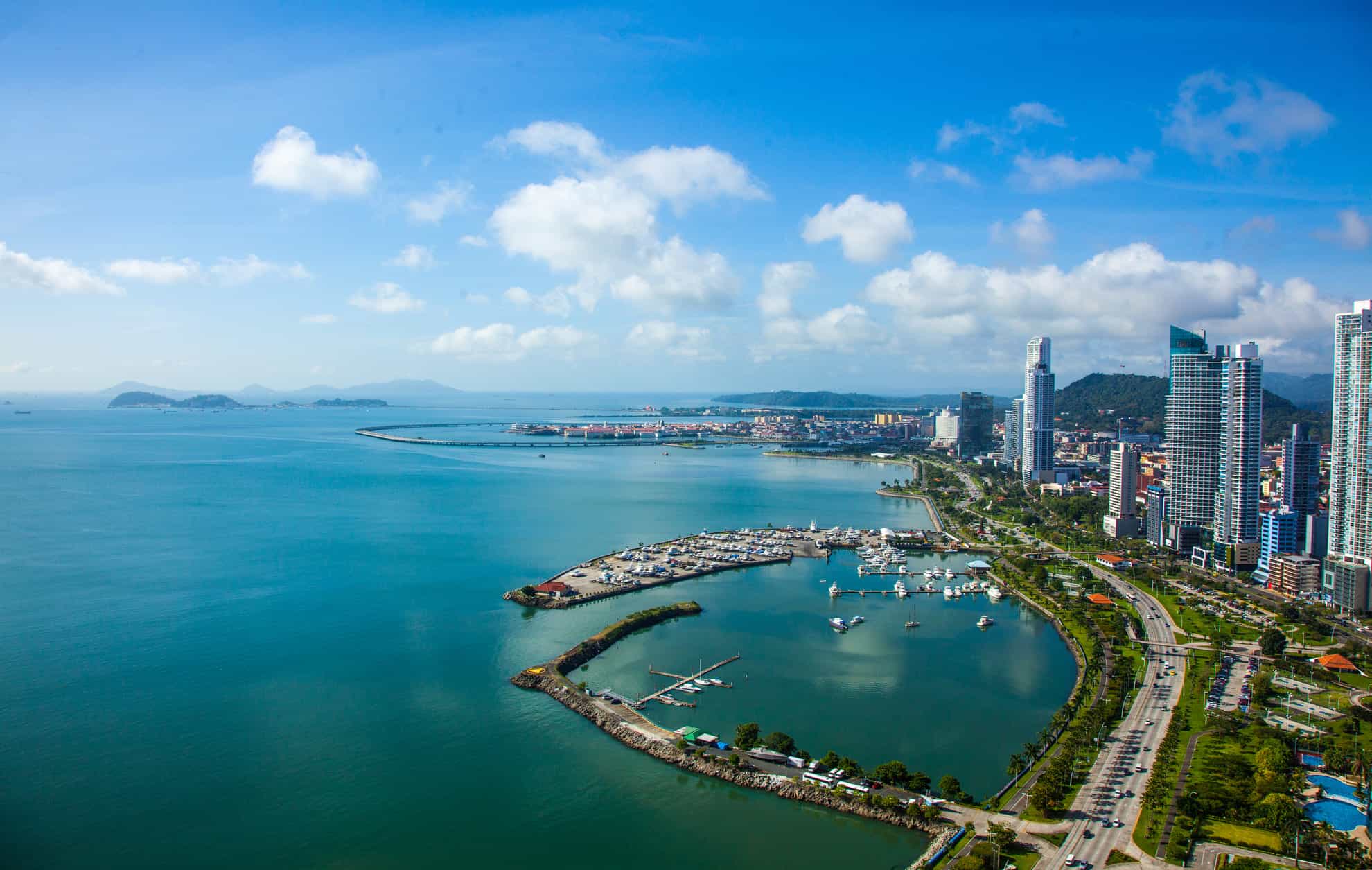
Exploring Costa Rica
Costa Rica is a mountainous country located between the Caribbean Sea and the Pacific Ocean. The coastal areas have sandy beaches and mangrove forests, similar to those in Panama. As you venture further into the country, it becomes even more mountainous due to the presence of the Talamanca Mountain Range dividing it. Costa Rica is famous for its fantastic national parks, where visitors can enjoy thrilling activities like river rafting, canyoning, cave tubing, and zip lining. Moreover, it’s a popular destination for animal lovers who want to see animals such as macaws, sea turtles, and sloths.
In December 2023, Costa Rica’s population is slightly more than 5.2 million people, as reported by Worldometer and the latest United Nations data. Costa Rica is a welcoming and varied nation with a history of mixing different cultures like African, Chinese, Jewish, Lebanese, and more. They mainly speak Spanish, and people there often call themselves “Ticos” for men and “Ticas” for women. Dancing plays a significant role in their culture, and kids learn traditional dance steps from a young age. Costa Rican life embraces both modern and traditional dances. Their food is a tasty fusion of Spanish, African, and indigenous flavors. Gallo Pinto, a famous dish, consists of rice, beans, and flavorful spices, making it a hearty breakfast choice. Costa Rica’s Golden Visa Program offers an easy way for people to get residency. You can also keep your citizenship from your home country. Plus, you can travel to 149 places without a visa, including Schengen countries. This makes Costa Rica’s Golden Visa Program very appealing.
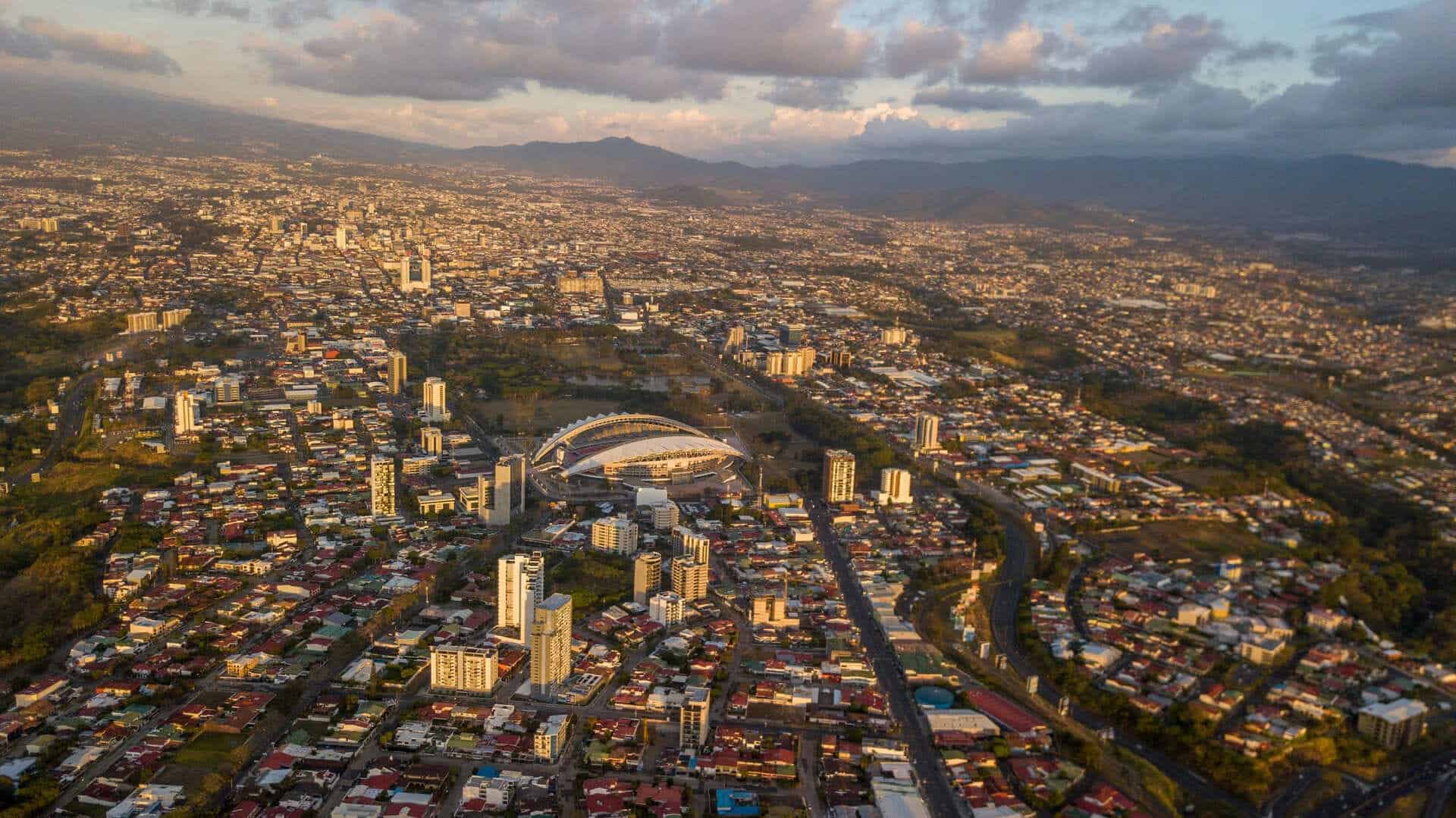
Panama and Costa Rica Climate Comparison
Panama’s weather can be quite different depending on where you are. Panama’s main city typically has a warm climate, with daytime temperatures ranging from 22°C to 33°C year-round. However, in elevated areas like Boquete, the average temperature is cooler, ranging from 13°C to 24°C. The weather in Panama is tropical and remains fairly consistent throughout the year, characterized by a wet season from May to December and a dry season from January to April.
Costa Rica experiences two separate climatic conditions, the dry season which lasts from December to April and is hot with minimal rainfall and the wet seasons from May to November. In the lowlands, it’s warm and tropical, while the highlands are cooler. For instance, in San Jose, the average daytime temperature ranges from 14°C to 26°C. In Monte Bello, located in the Heredia Province of Costa Rica, the average temperature ranges from 24°C to 30°C. In general, Panama and Costa Rica have quite similar climates and weather patterns. They both experience frequent brief storms, but it’s important to note that severe tropical storms and hurricanes are rare occurrences in both countries.
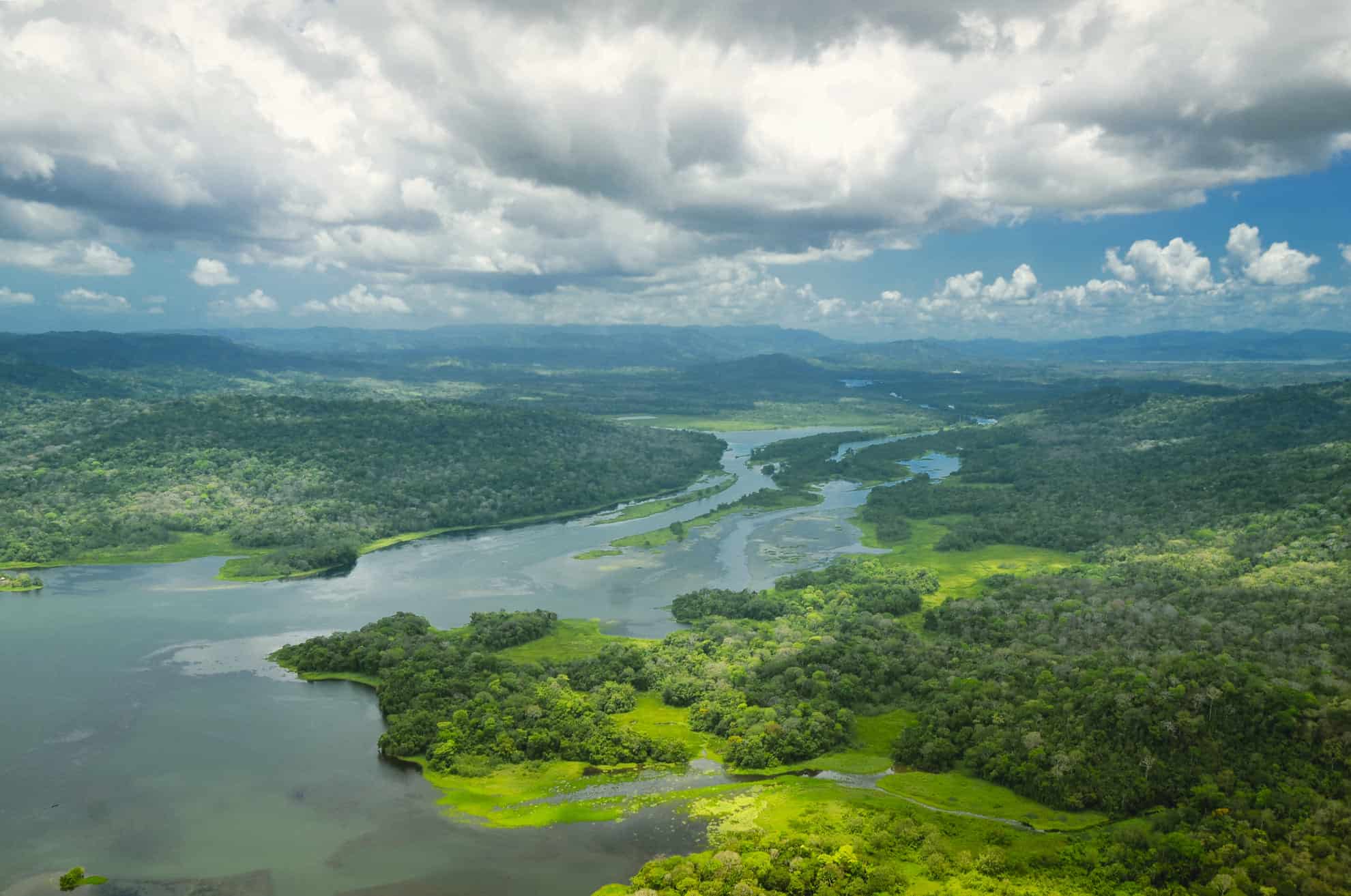
Living Costs in Panama vs. Costa Rica
Central America is a popular choice for those seeking to move abroad, with Panama and Costa Rica being top of the list. When deciding between the two, a careful consideration of factors, especially the cost of living, is essential for making an informed choice about residency.
- Housing Cost
Panama’s housing market offers a range of prices based on property type and location. There are diverse home options to cater to different buyer preferences. Two prime areas in Panama City are Punta Pacifica and Punta Paitilla. Currently, prices in these areas vary from $2000 to $2900 per square meter. These price differences depend on factors like the building’s age, the view, and the amenities offered in each project. On average, the monthly rent for a one-bedroom apartment starts at $600 and can go up to $1500.Costa Rica has many different types of homes and apartments available. In San José, the average cost of buying a property is around $2,400 for each square meter. Remember, prices per square meter can be different depending on whether the property is in the city center or in the suburbs. If you’re interested in renting a one-bedroom apartment in San José, it usually costs between $600 and $850 per month.
- Food Cost
The cost of food in Panama like having a simple meal with a drink at a budget-friendly restaurant costs around $7.70, If you visit the market and purchase 1 kilogram of rice, it will be priced at $1.98. Additionally, you can discover fresh and very affordable fruits and vegetables at nearby Panama markets. Costa Rica might be pricier than the neighboring country, but there are ways to save money. For instance, a simple meal at an affordable restaurant could set you back around $9.42 while a 1 kilogram bag of rice from the market comes in at $2.18.
- Transportation
Getting around Panama is made simple with its cost-effective transportation options. To navigate the city using the Metrobus system, travelers should purchase a $2 Metrobus card, as cash is not accepted. The bus fare is $0.25 for regular routes and $1.25 for Corredor routes (Corredor Norte and Corredor Sur). In the capital city, taking a taxi can cost you around $2 to start, and then it’s an extra 30 cents for each kilometer if your ride is between 3 to 9 kilometers. If your journey is longer, like 10 to 50 kilometers, there’s a $1.60 per kilometer extra charge. For rides to and from the airport, you can expect to pay approximately $30. If you’re a tourist and want to hire a taxi by the hour, it’s usually about $18 per hour. The Panama Canal Interoceanic Railway offers one-way tickets for $25, with discounts available for seniors and children. Additionally, Panama’s transportation system includes the convenience of widely available and budget-friendly Uber services, often at rates lower than traditional taxis and a new metro line is currently under construction.
Costa Rica’s public transportation costs are variable, depending on factors such as transportation mode, distance, and the chosen bus company. Inter-city bus fares typically range from $0.38 to $0.77, offering an affordable option for travelers. Taxis in major cities typically operate with a base rate of $1.28 and an additional charge of $1.34 per kilometer, utilizing a meter named ‘Maria’ to ensure fair and transparent fare calculations. The hourly waiting rate is $7.23. For train travel, the starting cost is $0.70 for a one-way trip, with commuter rail services available between 6:00 a.m. and 8:30 a.m., and 3:30 p.m. to 8:00 p.m. every 30 minutes from Monday to Friday, connecting Belén and San Pedro.
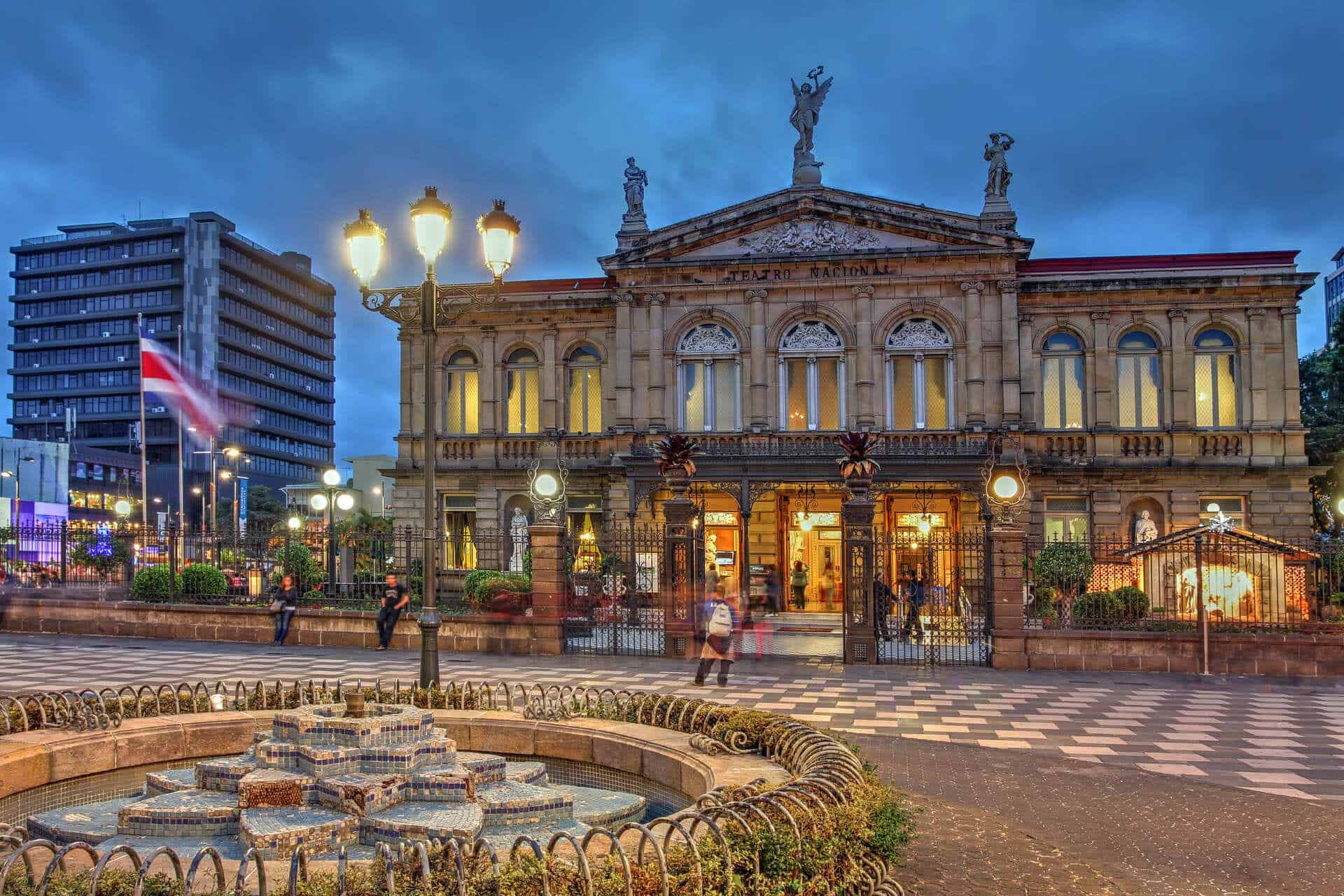
- Utilities
In Panama, utility expenses including electricity, water, and gas, typically range from $50 to $70 per month. The costs are generally reasonable, but heavy air conditioning usage may lead to higher bills. For the internet expect to pay between $35 and $60 per month, depending on the speed of internet service you require and the provider you choose. In Costa Rica, utility expenses are economical as well. The average monthly cost for electricity, gas, and water is around $100 contributing to the overall affordability of living or visiting Costa Rica, additional charges of $40 to $50 apply for internet access.
Healthcare System Comparison between Panama and Costa Rica
Panama’s healthcare system caters to various people, making sure that everyone, including expats and residents, can easily access high-quality care. The government funds the public healthcare sector, which is overseen by CSS (Social Security Fund) and MINSA (Ministry of Health), and it’s free for citizens and permanent residents. On the other hand, the private healthcare sector is pricier but often provides superior care quality. Private hospitals in Panama are the main attraction for medical tourists and are popular among expats due to their high quality and yet affordable prices. They offer quicker service and often have English-speaking doctors. Panama’s healthcare system is notable for its modern facilities, specialized services, and skilled healthcare providers. Whether you need routine check-ups, urgent care, or specialized treatments.
Costa Rica provides healthcare for everyone living there through the CAJA program. CAJA is a government healthcare system where people pay monthly fees based on their salary and for citizens who are financially in need there is free healthcare in Costa Rica. Both working locals and expatriates need to cover the costs of using the public healthcare system. Even though the country’s public healthcare is reasonably priced and provides excellent care, it often gets overcrowded. Consequently, patients may encounter extended wait times and procedure delays. That’s why many expats opt for private healthcare. Costa Rica’s private healthcare system provides various advantages for immigrants and expats. It grants them access to well-trained doctors, a reasonably priced medical care and a modern hospital, but it’s not as technologically advanced as Panama.
Costa Rica has the top healthcare system among Central American countries, with Panama coming in second place. In the 2023 Legatum Prosperity Index for the best healthcare systems worldwide, Costa Rica ranks 30th, while Panama is ranked 57th. Both countries also offer a pensionado visa program, but Panama’s pensionado program provides a lot more healthcare benefits like a 15% discount on hospital bills and a 20% discount on prescription medications. This results in lower healthcare costs for retirees in Panama than in Costa Rica.
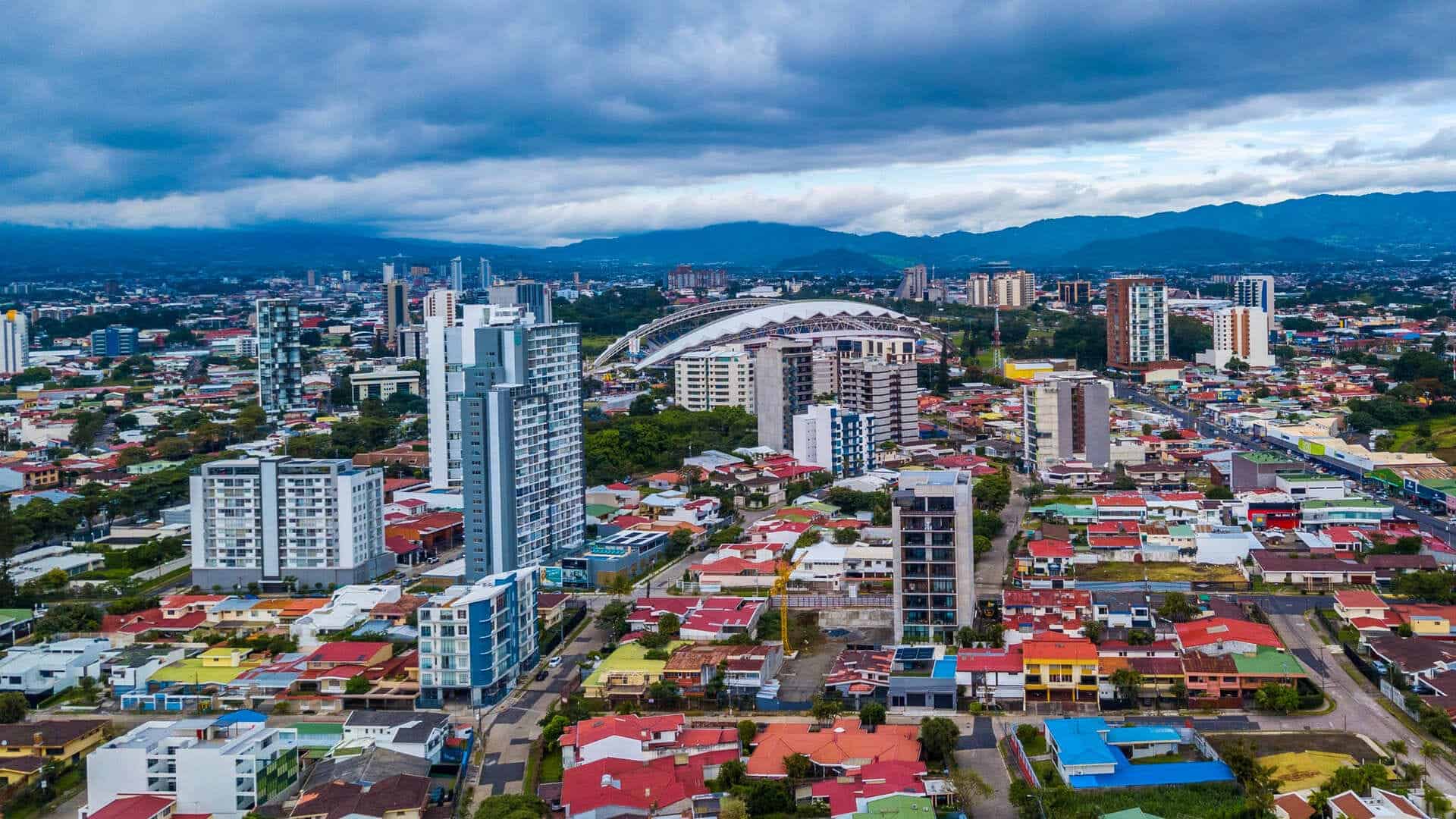
Choosing the Right Real Estate Path
Panama’s economy is booming, making it one of the fastest-growing in Latin America. It’s a big player in international trade and banking, with many huge global companies based here. This is because Panama’s location is super important, especially because of the Panama Canal, which has completely changed the way business and shipping work in the country. Panama uses the US Dollar and its economy is strong, stable, and steadily growing. It faced challenges during the pandemic but always bounces back thanks to its solid economic foundation. The tourism industry’s impact on real estate in this Central American country is quite big and expected to grow even bigger. Many international buyers are coming in because the property values have been growing steadily over the past decades with no end in sight, and there’s a high demand for rental properties. This makes it a great opportunity for foreign investors to get into the real estate market in Panama.
Costa Rica is a great place for investors. The real estate market here is thriving and has proven stable and reliable, making it a safe bet for long-term investments. While financial multinationals have settled in Panama, tourism is booming especially in Costa Rica, making it easy to get into the hotel and vacation rental business. Additionally, some big companies have chosen to settle and invest here. Big names like Amazon, Intel, HPE, and VMware have already set up shop because Costa Rica has a stable business environment, a skilled workforce, and the government supports the ICT industry. And if you’re a foreign investor, Costa Rica has some great benefits and initiatives to make it even more attractive for you. They’ve got a history of economic and political stability and are really welcoming to investors from abroad.
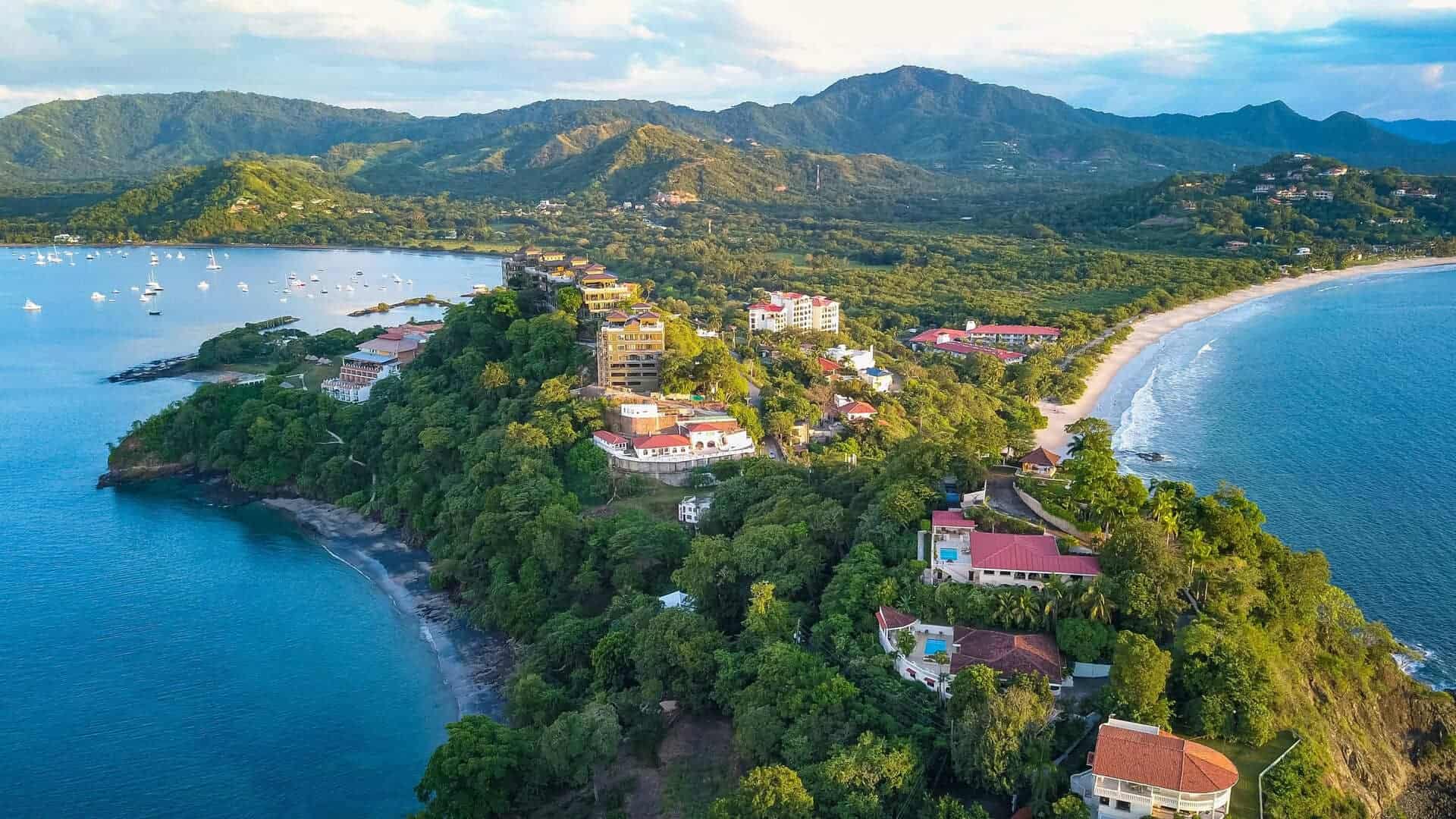
Navigating Residency and Citizenship: Panama vs. Costa Rica
Panama is frequently ranked as one of the top five retirement destinations worldwide. It provides excellent retirement programs with unique benefits for international residents and retirees that are hard to find elsewhere.
Panama Golden Visa Overview Panama
To qualify for residence, applicants are required to select one of the following three investment routes:
- Qualified Investor
Maintaining permanent residency status requires a five-year investment commitment. Additional fees apply for the main applicant and family. Choose from investing $300,000 in real estate, $500,000 in stocks, or a $750,000 fixed deposit in the bank.
- Friendly Nations
For citizens of Panama’s ‘friendly nations’ options include a real estate investment of $200,000, a fixed-term deposit of $200,000, or employment by a Panamanian company for residence based on labor reasons.
- Forestry Investor
Invest in a company with a forest registry for temporary residence, you can choose between a $100,000 real estate investment or a $100,000 teak reforestation investment. After two years, you can apply for permanent residence. Alternatively, a $350,000 teak reforestation investment grants immediate permanent residence.
Procedures of Obtaining the Panama Golden Visa
- Application Submission
To apply for the program, applicants must submit completed forms along with fees and supporting documents. Required details include information about the source of investment funds and the investor’s general data. The documentation needed varies depending on the chosen investment option and encompasses certificates from entities such as the Panama Public Registry, National Authority of Land Ownership, Securities House, among others.
- Due Diligence Checks
Before submitting an application, initial due diligence checks are conducted, and subsequent checks follow the initial review. The additional due diligence involves the verification of information provided in the application.
- Processing Time
The processing time for residence applications varies depending on the route chosen. For the Qualified Investor route, the processing time is 30 days. In contrast, the Friendly Nations and Forestry Investor routes have a longer processing time of four to six months. The processing time denotes the duration from submission to approval in each case.
- Permanent Residence Permits
Residency permits under the Qualified Investor and Forestry Investor routes in Panama are issued promptly, while the Friendly Nations route requires a two-year temporary residence period before granting permanent residence. The immediate issuance is dependent on successful completion of due diligence checks and meeting the specified requirements, with all applications subject to review by the National Immigration Service.
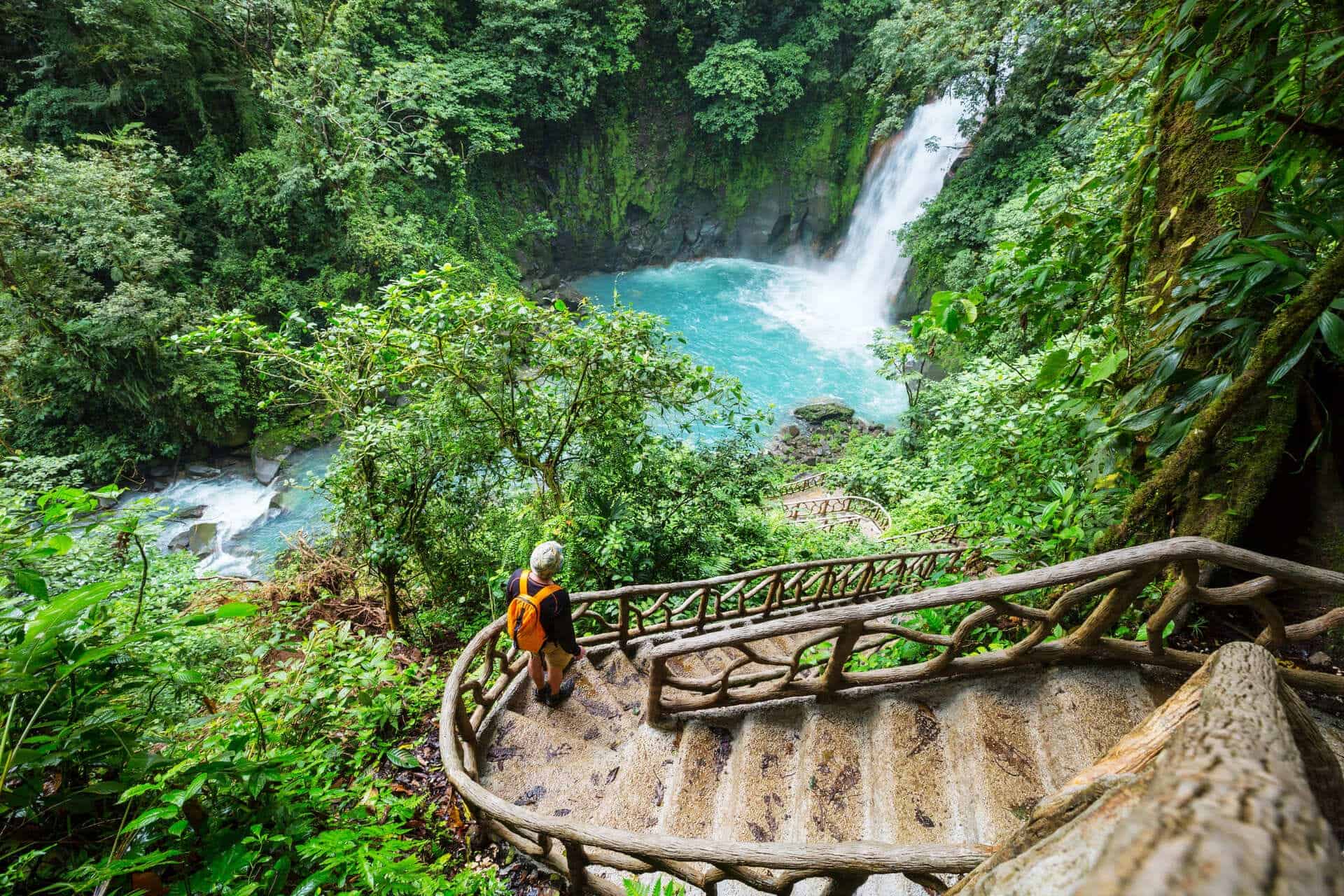
General Visa Program Requirements Costa Rica
There are three investment routes for residency by investment in Costa Rica:
- Make a $150,000 investment in a new or existing business in Costa Rica. If starting a new business, an approved business plan is necessary.
- Make a $150,000 investment in real estate and or moveable assets, which can include condominiums, empty land, a house, farmland, cars, motorcycles, and even boats.
- Make a $100,000 investment into Forestry Projects. These projects may include lumbering, preservation, or forest regeneration. This option requires permits from the environmental agency (SETENA) and the local municipality.
Government fees of $2,815 for the main applicant and $1,685 for each dependent applies.
The Process of Obtaining Costa Rican Citizenship
- Establish temporary residency in Costa Rica
This can be done by obtaining a temporary residence permit, which is valid for up to two years.
- Demonstrate proficiency in the Spanish language
As part of the application process, individuals must also demonstrate proficiency in the Spanish language through a language exam.
- Live in Costa Rica for a minimum of three years
After living in the country for a minimum of three years and maintaining residency status, individuals become eligible to apply for citizenship.
- Provide proof of investment in eligible options
When applying for Costa Rican citizenship, proof of investment in eligible options, such as real estate or Costa Rican government bonds, must be provided. Complete the citizenship application and submit it for consideration.
- Take the oath of citizenship and receive a Costa Rican passport
Once the application is submitted and approved, individuals will take the oath of citizenship and receive a Costa Rican passport. It’s important to note that while the citizenship by investment program offers an expedited pathway to citizenship, the process still requires time and adherence to the eligibility requirements.
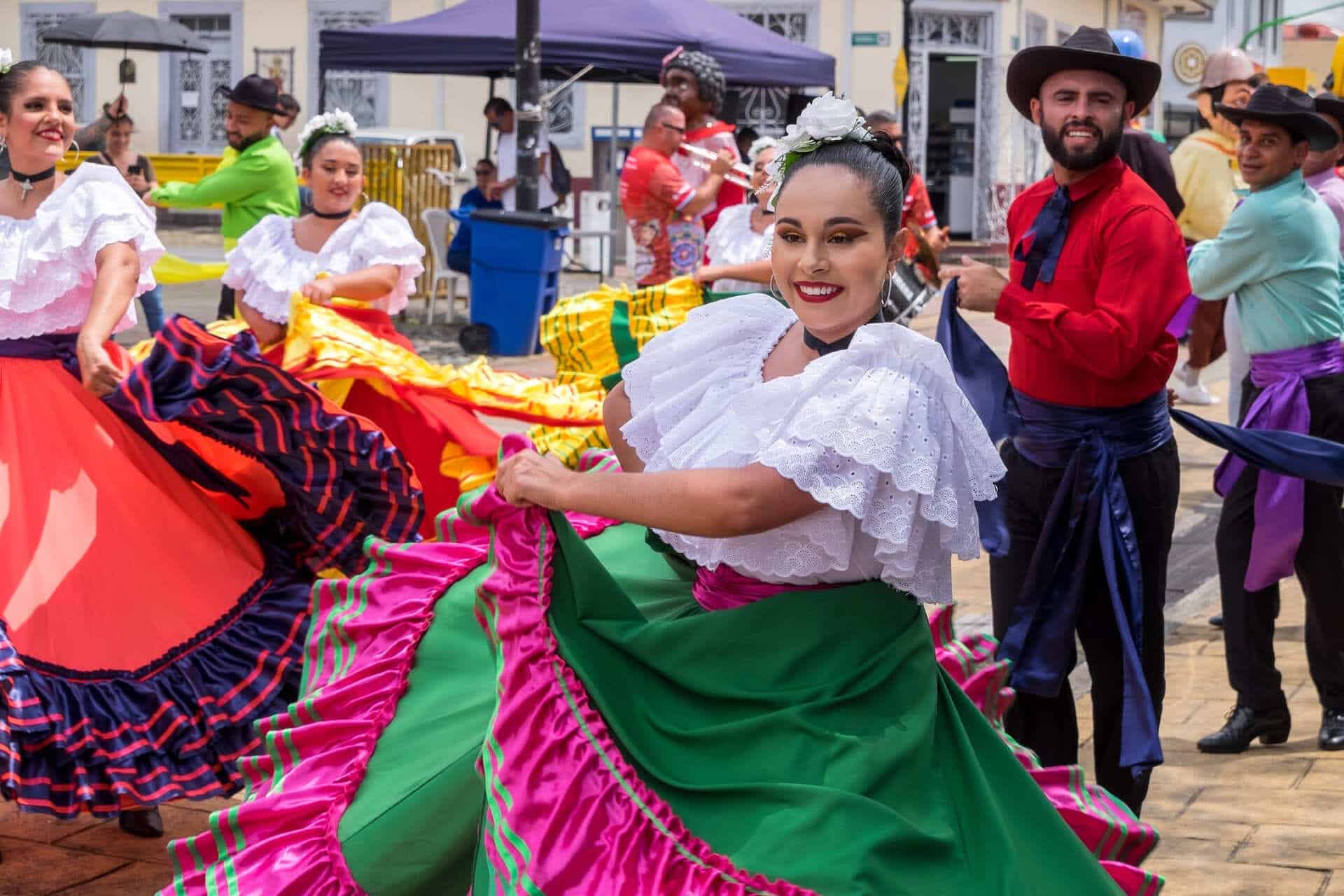
Security and Crime Rates in Panama vs. Costa Rica
Panama stands out as an attractive option for expatriates in search of a safe and prosperous living environment, characterized by a lower crime rate and a not-so-crowded traveler-friendly atmosphere. Panama has a crime rate (per 100,000) of 45.15 in 2023. The government has implemented various measures to prioritize the well-being of residents and tourists, investing in modern infrastructure and reliable security systems. This commitment makes Panama an appealing destination, particularly for retirees. Unlike some other locations, Panama stands out for its absence of widespread issues related to jealousy or racial hostility. Although not entirely crime-free, there is near to none violent crime, and basic travel safety tips can ensure a secure experience. While Panama is usually safe, caution is advised in specific areas such as Yaviza.
Costa Rica is well-regarded for its safety offering expats a secure environment. Costa Rica has a crime rate (per 100,000) of 54.22 in 2023. Expats residing in Costa Rica typically experience a sense of safety and ease in their communities. The country’s dedication to eco-tourism and conservation has fostered peaceful and tranquil surroundings in many regions. While some safety considerations exist, expats are encouraged to exercise extra caution to fully enjoy the generally safe environment.
In general, both countries have comparably high levels of bribery and have seen and increase in crime over the past 3 years, but there is little violent crime in both countries. Costa Rica deals with higher levels of vandalism, theft and attacks, and also drug related crime is more apparent than it is in Panama.
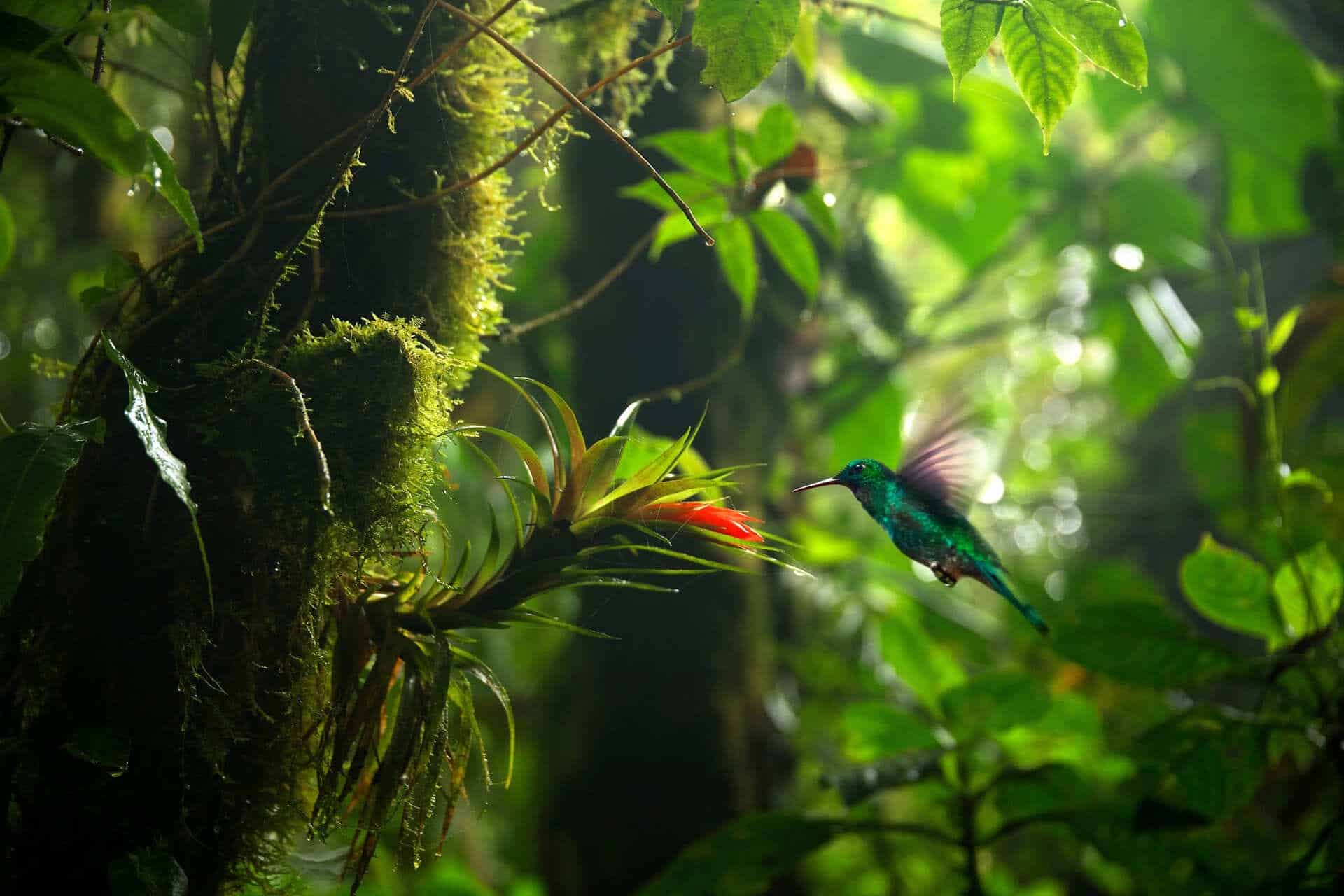
Retirement Options
Panama is considered an excellent destination for expatriates, offering a favorable fiscal environment and a high quality of life with excellent climate conditions for retirees. The affordability of real estate, including condominiums, luxury beachfront properties, and comfortable homes in countryside communities, is highlighted as a key advantage. Many U.S. expats note that they can afford properties in Panama that would be financially challenging in the United States. The country’s emerging upper-middle-income economy has drawn expatriates globally. Panama hosts various retirement communities, including those in Panama City, Chitre, Boquete, and Santiago, with established expat groups. For retirees prioritizing security, numerous gated communities like Lucero Golf & Country Club, Buenaventura or Boquete are accessible, providing a sense of safety in addition to the country’s overall appeal. The World Economic Forum has ranked Panama number one on its list of the world’s best retirement destinations.
Costa Rica consistently earns praise as an ideal retirement destination, renowned for its picturesque landscapes, vibrant tourist towns, lush jungles, and diverse outdoor activities. Despite its modest size, the country captivates visitors with the stunning Pacific Coast, affordable living costs, and welcoming atmosphere, prompting many to consider relocation. Boasting access to both the Pacific and Caribbean coasts, Costa Rica offers high-quality touristic areas and well-established expat communities in areas like Atenas, Grecia, and Escazu, facilitating a smooth transition to life abroad. With its tropical lifestyle, year-round warm weather, and beautiful beaches, Costa Rica stands out as an attractive haven for those seeking an enriching retirement experience.
Nature-wise both countries are very similar. The big difference is that Panama offers better living in community areas as it has a lot of smaller expat and retirement communities and a very welcoming culture. Costa Rica is more for those people that favor living in fancy mansions and a more cosmopolitan retirement. The differences are not huge though, so it’s really hard to say which country is actually better for retirement. Though Costa Rica is also a little bit more expensive.
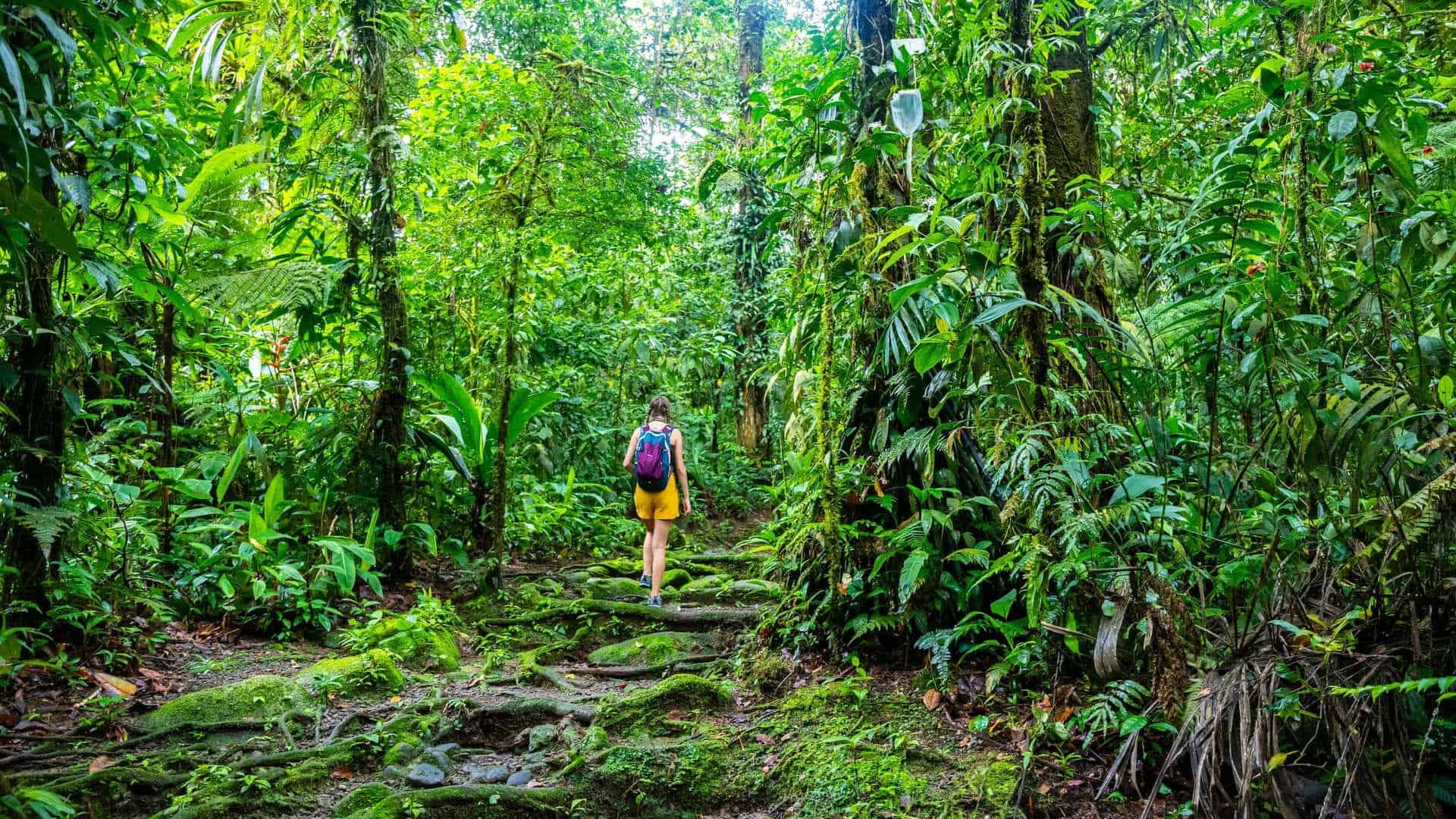
Conclusion
Looking for the perfect place to live abroad? Panama and Costa Rica are two great options. Panama has job opportunities and a busy city with a famous canal, while Costa Rica has amazing nature and a laid-back lifestyle called “Pura Vida.” It all depends on what’s most important to you, city excitement or natural beauty. Think about things like living costs, healthcare, and the community vibe. In the end, your choice should match your values and the way you want to live. So, with this information, get ready to start your new adventure!
Ready to become an expat? First, think about what you like, list the pros and cons, and plan for a smooth move. Talk to other expats, get advice, and visit the places yourself. The key is to make a smart choice that matches your dreams. Whether it’s Panama or Costa Rica, your ideal home is waiting for you. Make the right decision for a happy expat life!

